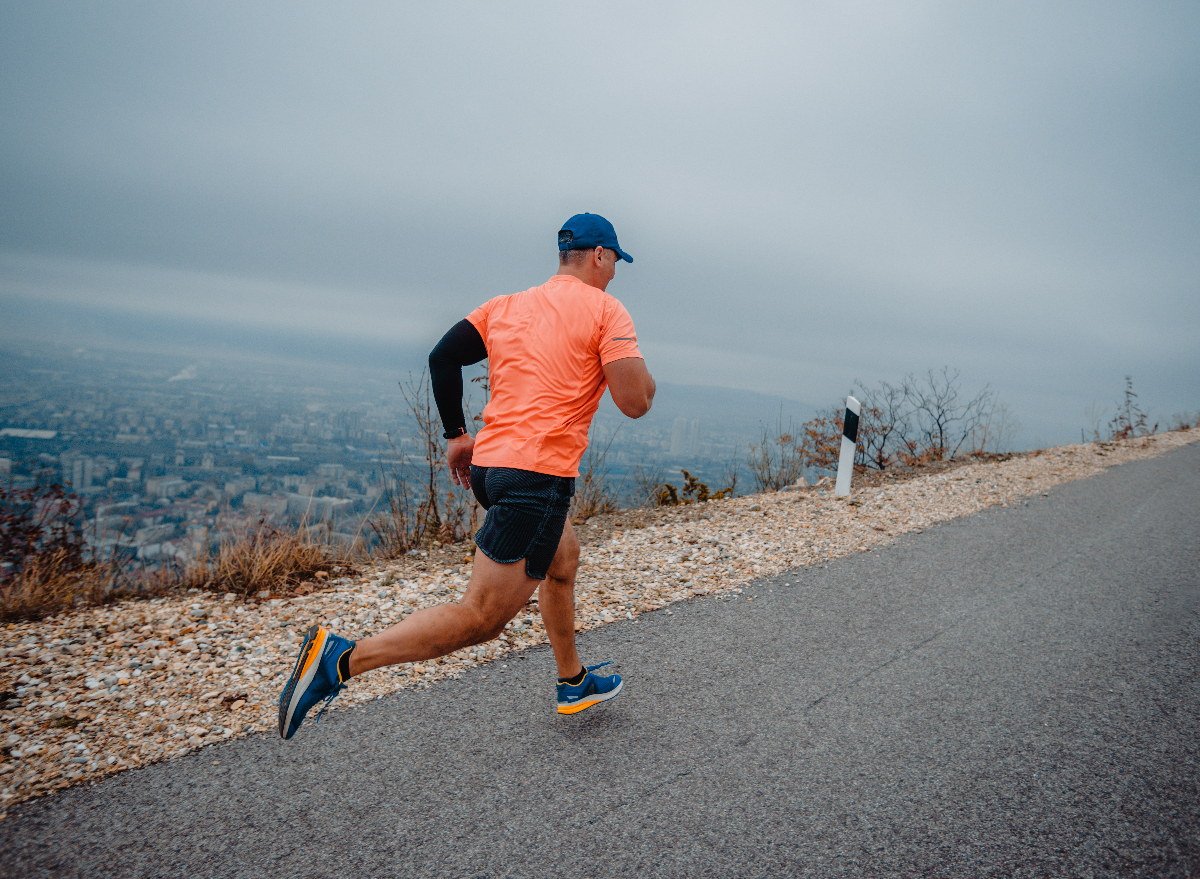Unleash Your Potential: Running Strategy Essentials for Peak Performance
Wiki Article
Handling Common Running Pains: Reasons, Solutions, and Avoidance
As runners, we frequently come across different pains that can hinder our efficiency and pleasure of this exercise. From the debilitating pain of shin splints to the bothersome IT band syndrome, these typical operating pains can be frustrating and demotivating. Recognizing the causes behind these ailments is critical in successfully addressing them. By discovering the origin reasons for these operating pains, we can reveal targeted services and safety nets to guarantee a smoother and more satisfying running experience (more info here).Common Running Discomfort: Shin Splints
Shin splints, a common running pain, usually result from overuse or inappropriate shoes throughout exercise. This problem, medically called medial tibial tension syndrome, shows up as pain along the inner edge of the shinbone (tibia) and is common amongst athletes and joggers. The recurring tension on the shinbone and the cells affixing the muscles to the bone results in swelling and pain. Runners who swiftly raise the intensity or duration of their workouts, or those who have flat feet or incorrect running strategies, are particularly susceptible to shin splints.To avoid shin splints, people should slowly increase the intensity of their exercises, wear suitable shoes with proper arch support, and preserve adaptability and strength in the muscle mass bordering the shin (running workout). Furthermore, including low-impact tasks like swimming or cycling can assist preserve cardio fitness while allowing the shins to heal.
Usual Running Discomfort: IT Band Syndrome
Along with shin splints, one more common running discomfort that professional athletes frequently experience is IT Band Disorder, a problem triggered by swelling of the iliotibial band that leaves the outer thigh and knee. IT Band Syndrome generally materializes as pain outside of the knee, especially during tasks like running or cycling. The iliotibial band is a thick band of fascia that attaches the aware of the shin, and when it comes to be irritated or tight, it can rub versus the upper leg bone, bring about discomfort and pain.Joggers experiencing IT Band Syndrome might observe a stinging or hurting sensation on the external knee, which can intensify with ongoing activity. Variables such as overuse, muscle mass imbalances, incorrect running form, or insufficient warm-up can contribute to the growth of this condition.
Usual Running Pain: Plantar Fasciitis

Plantar Fasciitis can be attributed to various elements such as overtraining, incorrect footwear, running on difficult surfaces, or having high arches or flat feet. To stop and relieve Plantar Fasciitis, joggers can include extending workouts for the calf bones and plantar fascia, use helpful footwear, keep a healthy and balanced weight to minimize stress on the feet, and slowly raise running strength to avoid unexpected anxiety on the see page plantar fascia. If signs and symptoms continue, it is advised to speak with a medical care expert for proper diagnosis and therapy choices to attend to the problem successfully.
Common Running Pain: Runner's Knee
After resolving the obstacles of Plantar Fasciitis, another prevalent problem that joggers usually face is Runner's Knee, a common running pain that can impede athletic performance and trigger pain throughout physical task. Jogger's Knee, likewise recognized as patellofemoral discomfort disorder, shows up as discomfort around or behind the kneecap. Joggers experiencing this discomfort might really feel a boring, hurting pain while running, going up or down stairways, or after extended periods of sitting.Common Running Pain: Achilles Tendonitis
Typically afflicting runners, Achilles Tendonitis is an uncomfortable condition that impacts the Achilles tendon, causing pain and possible constraints in exercise. The Achilles ligament is a thick band of tissue that links the calf muscles to the heel bone, critical for activities like running, leaping, and strolling - see here. Achilles Tendonitis usually creates as a result of overuse, inappropriate shoes, insufficient stretching, or sudden rises in physical taskSigns of Achilles Tendonitis include pain and rigidity along the ligament, particularly in the morning or after durations of lack of exercise, swelling that intensifies with activity, and perhaps bone spurs in chronic instances. To stop Achilles Tendonitis, it is vital to stretch properly in the past and after running, use suitable shoes with appropriate support, progressively enhance the strength of exercise, and cross-train to reduce recurring tension on the ligament. Treatment might include remainder, ice, compression, elevation (RICE method), physical therapy, orthotics, and in extreme situations, surgical procedure. Early intervention and correct care are crucial for handling Achilles Tendonitis effectively and stopping long-term issues.
Verdict

Report this wiki page